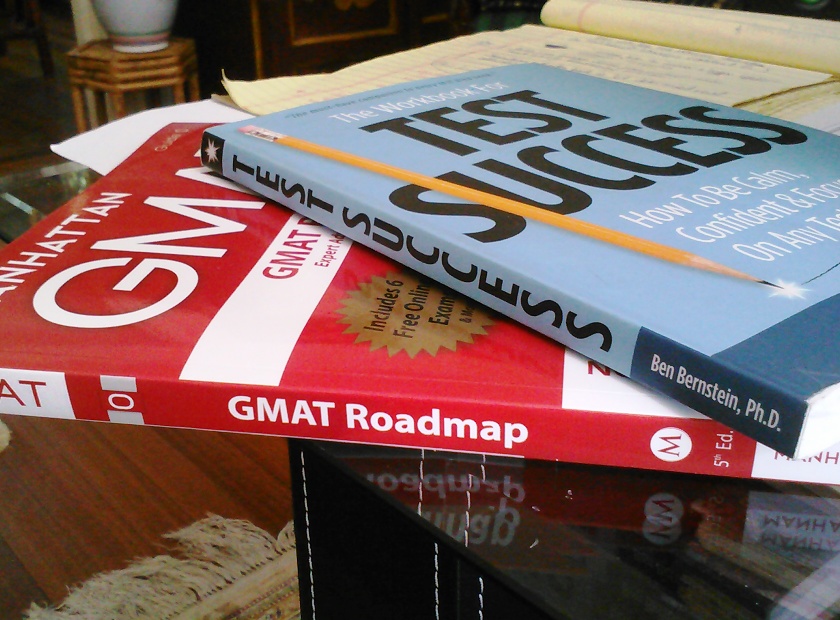
Why It Helps Your Application to Visit Schools in the Spring
I’ve always told students to visit schools in the s pringtime. Now that it’s almost April, and schools will end classes in May, it’s time to remind prospective students it’s entirely worth the trip.
pringtime. Now that it’s almost April, and schools will end classes in May, it’s time to remind prospective students it’s entirely worth the trip.
If you can schedule a visit before classes are over, while the sun is shining, and when students know what’s what, you’ll get a much better idea of the school’s DNA.
Here are five reasons to get yourself on a plane sooner, rather than waiting until summer or fall.
1. THE WEATHER
Admit it, life is more pleasant for visitors in the spring than in the dead of winter. OK, Stanford and Berkeley are lovely most of the year, but the rest of the country? Not so much fun. Says one Booth second-year student, “For Chicago, the spring weather is a huge plus. The winter just makes everyone miserable.”
2. CLASS IS IN SESSION
One of the best ways to understand an MBA program is to go when class is in session. You’ll feel a completely different vibe when a campus is filled with purposeful students. You want to sit in on a class, see what it’s all about, and get a feel for what it would be like to be a student yourself. And if you’ve never seen the case-study method in action, you don’t know what you’re missing.
You’ve got about a month left of classes for most MBA programs – for example, the last day of classes for MIT Sloan is May 14. HBS is a little earlier, and exams begin at the beginning of May. Stanford GSB and Kellogg, which are on the quarter system, run a little longer; last day of classes for Stanford is June 6, for Kellogg is June 2.
Students visiting one-year programs like INSEAD or programs like Columbia Business School need not worry; prospective students can see the school in action year-round. “With classes taking place over the summer, the J-term also offers prospective students an opportunity to sit in for a class and really experience what it would be like to be a Columbia Business School student,” says Amanda Carlson, assistant dean of MBA admissions at Columbia.” It’s these types of experiences that seem to have the greatest impact on prospective students.”
3. CURRENT STUDENTS KNOW WHAT THEY ARE TALKING ABOUT
In addition to class visits, you want to talk with real students to discern the realities of campus life. First year students are usually in a state of shock during fall term – they’re overwhelmed with courses, activities, recruiting, and FOMO, or fear of missing out. Second year students have figured out the lay of the land, but can be stressed by recruiting, which swings into full gear during autumn.
Spring is a different story. Jodi Innerfield, Michigan’s Ross School of Business recent graduate notes, “visiting schools in the spring gave me the opportunity to speak with first years as they reflected on year 1, and MBA2’s as they ventured off to their full-time jobs. In the spring, we’re all reflecting on our experiences and enjoying the nice weather, so it’s a good time to get our perspective and see campus.”
Christine Sneva, senior director of enrollment and student services at Cornell Tech, agrees: “Spring is actually an ideal time because as someone who’s scoping out a program’s value proposition, prospective students should be talking to folks at the end of their program. You’ll get a raw, real-time perspective that will most likely stay with you throughout your search.”
4. LESS PRESSURE
Since most MBA admissions deadlines begin in September or October, things can get pretty rushed for applicants in the fall. Assuming the student has taken the GMAT or GRE, there’s the application to navigate, recommenders to organize, and goals to figure out, all while continuing to excel in a full-time job. Amy Mitson, senior associate director of admissions at the Tuck School of Business suggests that, “Spring is a great time to take an advanced look at a program with no pressure. You are still months away from the start of the fall application season. Relax and take it all in! This will also give you something to reflect on when writing your application in the fall.”
5. LONGER LEAD TIME
In addition to reducing pressure, early visits allow a prospective student a chance to reflect on their experiences as they figure out the whole question of fit (see How To Know If Your Target Schools Fit You). The visit will help you figure out where to apply and why. You’ll be able to go beyond rankings or brand reputation as you think about what the school offers you, and importantly, what you offer the school. A spring visit allows you to use the summer to really think through your argument for why the MBA and why a particular school.
Not everyone can visit every target school, but it helps prospective students understand the MBA program’s culture, and it never hurts to make the effort, if possible. Says Tuck’s Mitson, “Nothing beats the first-hand perspective and showing your sincere interest like a visit to campus.”






